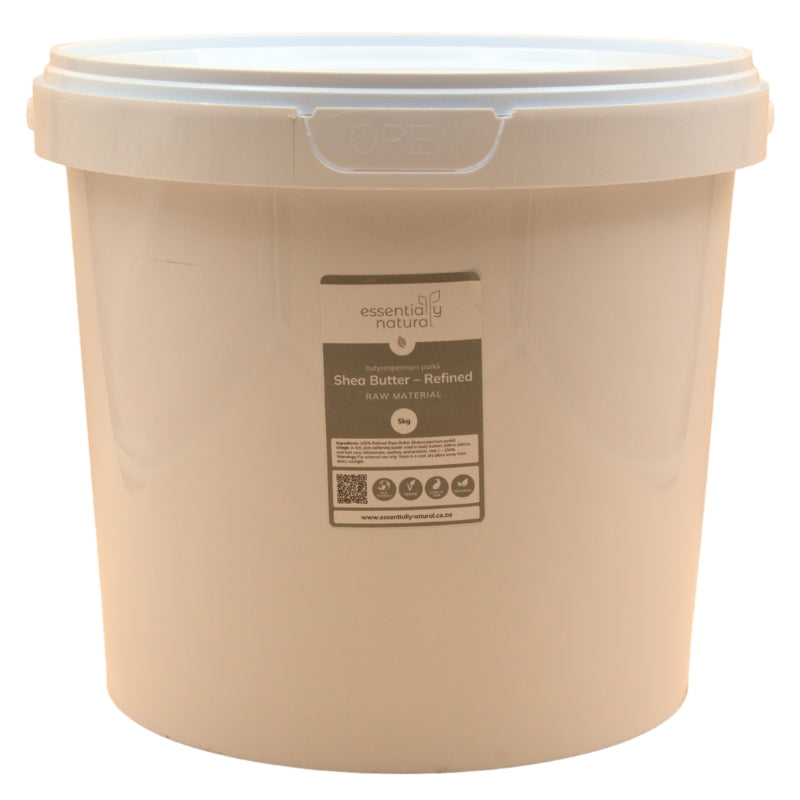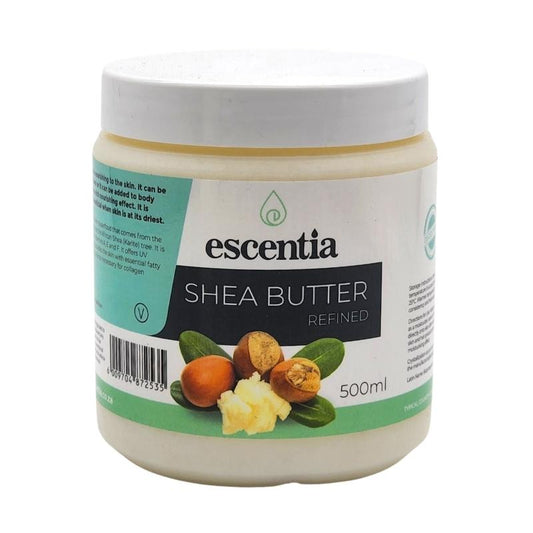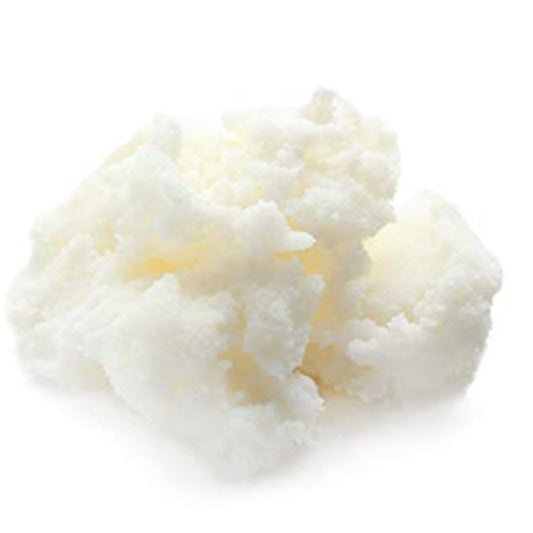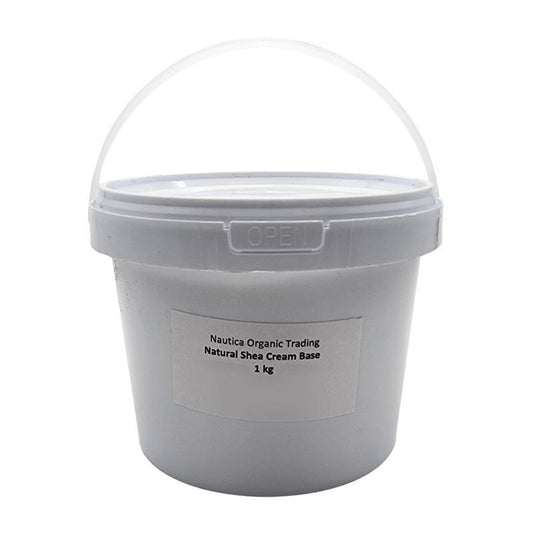
Working With Shea Butter
Juliette van der MeerShea butter is a world renowned skin butter, originating in Africa.
It can be used on its own as a moisturser, or blended with an array of other ingredients to make different kinds of products. It is naturally good for a whole host of different skin conditions such as acne, burns, eczema, psoriasis, rashes, scarring and stretch marks to name a few. It is also rich in vitamin such as Vitamin A and Vitamin E. It helps keep the skin supple and elastic, moisturised and soft, and is great for dry skin. It is also very commonly used in hair care products.
Shea butters is amazing, but has a couple of quirks that you'll want to know about before using it. Let's dive in.
Types Of Shea Butter
Firstly, there are two main types of shea butter, unrefined and refined. These can both come in organic and conventional forms.
Unrefined
Raw, unrefined shea butter hasn't been processed or refined in any way, so it is common for it to look a little discoloured, lumpy or patchy. Raw, unrefined shea butter also has a unique scent profile that some people don't mind and others hate. Some might describe it as smokey, nutty or earthy, and it can be stronger or weaker depending on the batch. I personally don't mind the scent but I know of others who hate it! It's a personal preference.
It is important to remember that natural products, and particularly those that are in their raw form, can vary considerably by batch. We have often had customers complain about raw shea butter looking or smelling funky or 'off', but it's only because it is raw and unrefined, and that's just how it looks!
Refined
Refined shea butter on the other hand, has been processed to remove natural inconsistencies such as variations in colour, scent and texture. It is white in colour, smoother and has a neutral scent. You still get the moisturising properties of shea butter but without the natural variances in scent, colour and texture.































